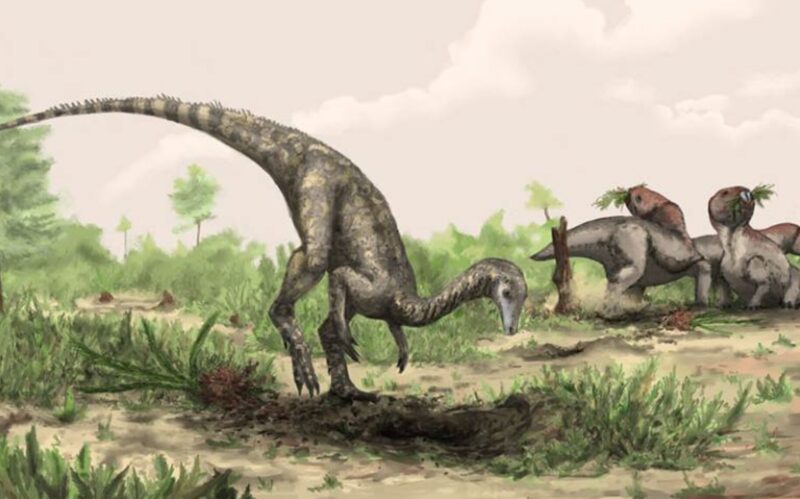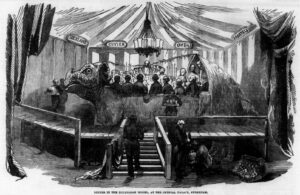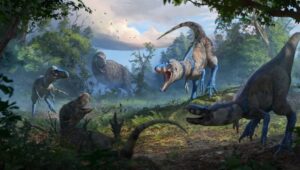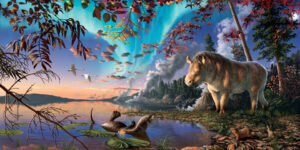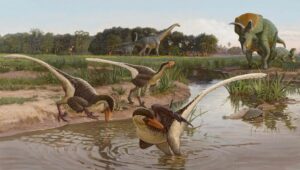Where did the first dinosaurs come from? A new paper suggests that their elusive remains may lie buried in some of the world’s least accessible regions: the Amazon rainforest, the Congo Basin, and the Sahara.
Those places were different 230 million years ago, of course. They were once part of Gondwana, the giant ur-continent which eventually broke apart to create our current land masses. New evidence suggests that dense forests and desert in South America and Africa conceal the bones from these earliest dinosaurs.
Joel Heath, lead author of the paper, suggests that “researchers haven’t stumbled across the right rocks yet due to a mix of inaccessibility and a relative lack of research in these areas.”
Although paleontologists have deeply studied dinosaurs for decades, the origin of these giant reptiles is still a mystery. Gaps in the fossil record make it hard to trace their evolution from the beginning. The oldest current dinosaur fossils, found in Argentina, Brazil, and Zimbabwe, date back 230 million years. However, their significant differences suggest that they had already been evolving for millions of years, and many earlier dinosaurs preceded them.
To fill these gaps in the fossil record, researchers used advanced modeling techniques. Some promising regions have never yielded dinosaur fossils, but that doesn’t necessarily mean that dinosaurs never lived there. Researchers now believe that we are simply missing data.
According to Heath, “Our modeling suggests that the earliest dinosaurs might have originated in western, low-latitude Gondwana. This is a hotter and drier environment than previously thought, made up of desert- and savannah-like areas.”
The first dinosaurs were chicken-sized
This goes against the general assumption that dinosaurs evolved in slightly more temperate zones. But the earliest dinosaurs differed greatly from the more familiar T-Rexes, stegosauruses, and diplodocuses. They were much smaller — around the size of a chicken or medium-sized dog. The research also suggests that these small dinosaurs adapted well to hot, arid environments.
Of the three main dinosaur groups, sauropods are the only ones that kept a preference for warmer temperatures.
“Theropods and ornithischians may have developed the ability to generate their own body heat some millions of years later in the Jurassic period, allowing them to thrive in colder regions, including the Poles,” co-author Philip Mannion said in a statement. Dinosaur remains have turned up at almost 80˚north in both the Canadian Arctic and Svalbard.
The early dinosaurs were not the dominant species of their time. Other reptiles ruled. This changed with the mass extinctions at the end of the Triassic. Just over 200 million years ago, volcanic eruptions wiped out many of the reptiles. The surviving dinosaurs quickly swooped in and became the dominant species. With their success, they expanded outward from low-latitude Gondwana.
The researchers believe that the evolutionary link between dinosaurs and reptiles is key to pinpointing where dinosaurs originated. Historically, paleontologists have classified silesaurids — a group of Triassic reptiles — as the reptilian cousins of dinosaurs. But the new modeling sees them instead as the direct ancestors of ornithischians, the group that later included such classic dinosaurs as the stegosaurus and triceratops.
Ornithischians are mysteriously missing from the early dinosaur fossil remains. But if silesaurids were their ancestors, it fills a huge gap in the dinosaurs’ evolutionary tree.
